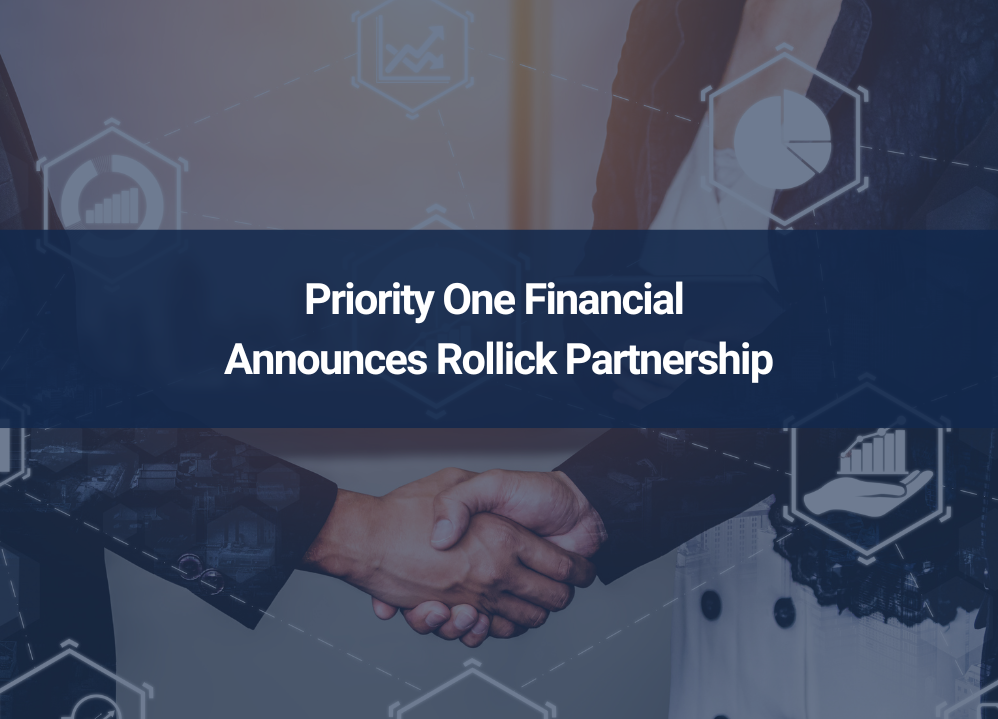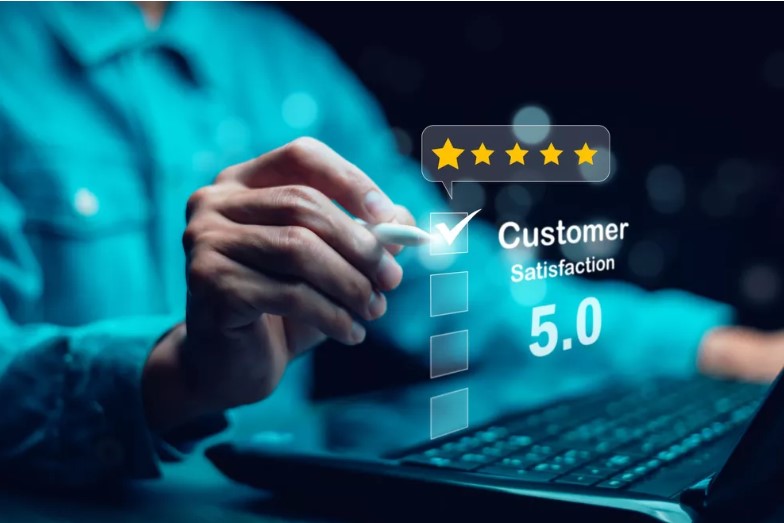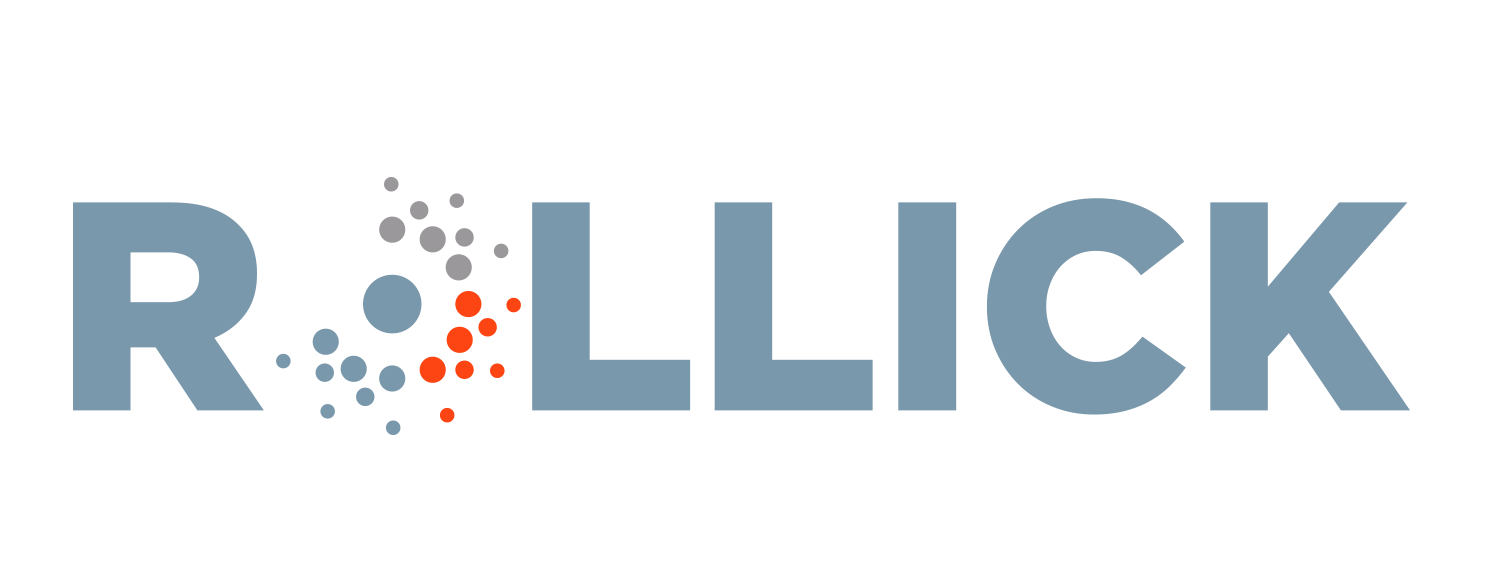Original article published on Soundings Trade Only Today - May 2021 Issue
Consumers today have been trained by leading eCommerce and tech companies that anything can be delivered to them in an instant. When shopping on Amazon, buyers can point, click, and have items shipped within a couple of days, and in some cases the same day. Ask Alexa where the nearest boat dealer is located, and she immediately provides the distance to get there, directions, and will even call the dealership for you. Information is endless and easily accessible to make informed purchase decisions. However, when examining today’s retail experience in the recreation industry, the buying experience is counter to what consumers expect, especially when purchasing a big-ticket item, such as a boat.
Key details about the purchase, such as price clarity (what are all the fees?), financing options, and trade information, can be hard to obtain by sales personnel, but it's not their fault. It requires a significant amount of upfront information gathering and communication between dealers and consumers to arrive at a place where all involved parties feel comfortable with the deal being made. However, consumers still walk away feeling unsure and/or frustrated about the details of their purchase and some may even abandon the purchase completely. The experience doesn’t have to be this way.
The job of the OEM and dealer is to instill trust and build a better experience for their customers, and it all starts with gathering information that’s personal to the buyer. For example, Carvana is successful because they offer an amazing experience that includes intelligent digital engagement in the research phase of the buying journey. Consumers are presented with and have control of all the information they need to make a purchase decision, such as financing, monthly payment estimation, pre-qualification, trade-in calculation, and can even put down cash to purchase the vehicle online. The entire deal can be created without ever talking to a sales representative. This level of engagement and control is what consumers expect from the OEMs and dealers they do business with because it provides information/price clarity and a hassle-free experience. Carvana certainly is not the cheapest, and they do not claim to offer the best deal, but they have created a better value proposition and experience than an in-person visit to a dealership.
So, what are the key components of creating a better online buying experience in the boating industry?
For starters, OEMs and dealers should rethink their website and lead acquisition strategy. Traditional lead forms are dead, and the focus should be shifted towards a better way to acquire information, so consumers feel in control and dealers have the data they need to close the deal without having to "sell". OEMs and dealers spend thousands, if not millions of dollars on websites and digital media to acquire customers, which commonly drives traffic to static landing pages where the call to action is, “give me your name, email address, and boating location.” Yes, contact information is important to collect, but if it's the only information acquired, friction in the sales process will continue because 98% of the deal still needs to be created.
One of the biggest hurdles dealers face in building deals is determining affordability. Affordability is one of the top concerns with any large “payment-dependent” purchase, so pricing information and pre-qualification are important to capture upfront while consumers are shopping online.
Trade-in is another component that helps dealers, OEMs, and consumers understand affordability. It also supports providing a healthy supply of used units back to the dealership. If you look at the success of companies in auto, such as Carvana, Vroom, and Carmax, they digitally promote “we will buy your car” in an easy, upfront way. Not only does it create a steady flow of traffic from current owners wanting more pricing information about their trade, but it also further educates consumers on their next purchase and provides potential retail sales opportunities for dealers.
In today's digital-centric world, it's not enough to rely on lead forms to determine the purchase intent or triggers of customers. All of the sales tools needed to build a deal in-person (i.e., pre-qualification, trade-in calculator, etc.) has to start making its way to digital storefronts in one seamless solution. Having a disjointed flow with multiple providers creates extra work and confusion for consumers and dealership sales teams.
Ultimately, the greatest result of obtaining more information through an intelligent online shopping process is that the leads are more qualified, which means dealers spend less time with low-quality opportunities. Studies have shown that 40% of leads never get responded to, so what is the point in gathering as many names as possible? As the perspective on “leads” moves from quantity to quality, OEMs and dealers will reduce their costs to acquire an actual sale, and customer satisfaction will hit a new high.





